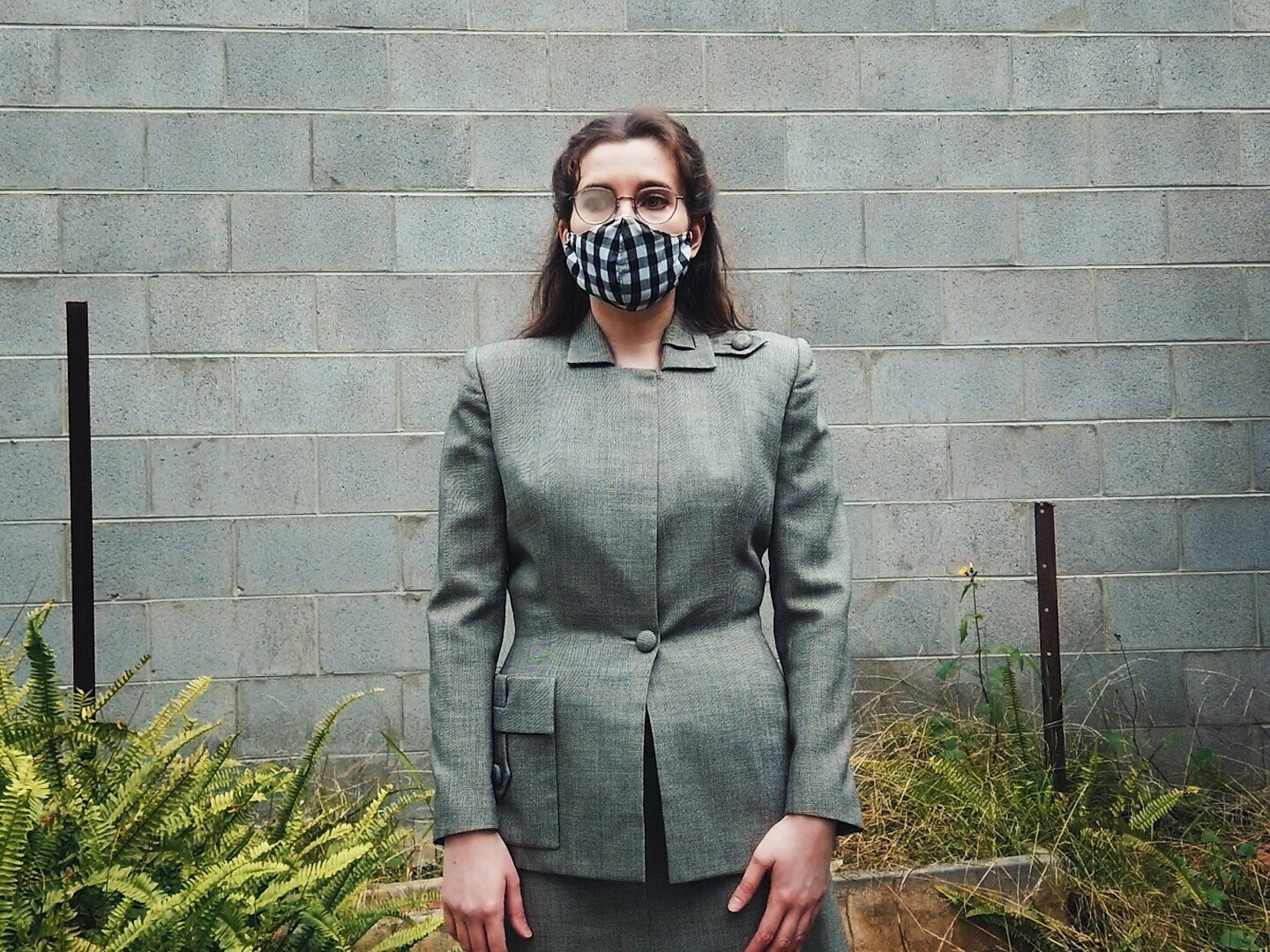The art of lockdown
/The number of coronavirus infections diagnosed every 24 hours in Victoria is now comfortably within double digits and has been decreasing daily, offering hope that Australia may soon regain the flattened curve that made us the envy of countries struggling with far higher rates of infection and death. The reduction in case numbers also shows that the Stage 4 lockdown in metropolitan Melbourne since August has been effective, despite the barrage of criticism directed at Victorian Premier Daniel Andrews. Restrictions are set to ease but will remain in force with a moderation of severity until a return to ‘COVID normal’ in late November, assuming case numbers remain low.
Despite these restrictions and the horror of the pandemic, the rhythms of life in Melbourne have maintained their course, albeit with some adjustment. Artists figure prominently among those compelled to adapt to new constraints, and the need is more urgent than ever to support those who lack a devoted patron, institutional backing or a commercial outlet. Two recent video works by Camila Galaz and Laresa Kosloff, sponsored by a City of Melbourne COVID-19 Arts Grant and Buxton Contemporary Light Source Commission, respectively, exemplify the extent to which such support can encourage creative inquiry in even the most adverse of circumstances. Working in a locked-down Melbourne, neither Galaz nor Kosloff have allowed restrictions on their movement to inhibit their artistic vision and have instead transformed constraint into a source of inspiration.
In Unwelcome Visitant, a 17-minute reflection on her experience of re-reading French author Albert Camus’s The Plague (1947), Galaz captures the solipsism and anxiety of isolation with an understated yet captivating intensity. Divided into three parts, the non-consecutive and apparently arbitrary numbering of which implies that these are fragments of a larger narrative, her rhythmic monologue unfolds with a trance-like momentum, keeping time with a comparably mesmerising musical accompaniment. Alternating between day and night as the camera cuts to views of the changing sky, Galaz standing or seated in a suburban garden, and a fleeting glimpse of cutlery sterilised in boiling water, words and tones become increasingly difficult to discern. An animated chickpea making laps of the frame marks time, in a reference to the similar use of peas by a character in the novel, mirroring the pacing of the narrator as she unburdens herself of her thoughts as well as the obsessive twists and turns of these philosophical reflections.
Intimate and confessional, with frequent asides addressed to curator and creative collaborator Sabrina Baker, Unwelcome Visitant seems at times to be an extract from a salvaged video diary, a private memoir recorded to distract from the artist’s loneliness. The notes and emails compiled in the ‘Correspondence’ section of the work’s online platform, however, imply that authenticity and artifice are not so easy to discern in this complex web of intertextual citations. We are led to believe that the apparent sincerity of the artist may be a performance, a persona selected as a fitting counterpoint for her immersion in the world of the novel, much like the carefully repaired 1940s suit which Galaz introduces in the opening scenes of the video and wears throughout.
Unwelcome Visitant recalls the works by Natalie Bookchin and Daniel McKewen commissioned for UQ Art Museum’s ‘Conflict in My Outlook_We Met Online’, covered in a previous post for this blog, which likewise blur the boundary between fact and fiction in narratives of paranoia, intrigue and conspiracy. These works by Galaz, Bookchin, McKewen and other artists included in ‘Conflict in My Outlook’ share several characteristics that suggest a mutual ‘lockdown aesthetic’. Their density and complexity reward repeated engagement in the privacy of the home and seem calculated to provide as many hours of engagement as possible, inviting viewers not only to watch and rewatch but to trace the artists’ sources of inspiration, meticulously recorded by Galaz in an extensive bibliography.
Laresa Kosloff’s Radical Acts invites similar definition and provokes many of the same emotions. While Galaz and McKewen, however, create highly detailed collages of reference and reflection that seem too organic and comprehensive to be deceitful, Kosloff can be more closely compared with Bookchin in her juxtaposition of images and messages that viewers know to be prejudiced or untrue. Composed entirely using samples of corporate stock footage available online, Radical Acts outlines a dizzyingly convoluted tangle of conspiracy and pseudoscience that touches on some of the leading psychoses of our time. Environmental degradation, precarious employment, civil disobedience, managerial schemes for increasing worker efficiency, and the neoliberal ideal of a world driven by conspicuous consumption all play their part in a narrative of distraction and deceit, the alarmist tone of the narrator’s voice and crescendo of the melodramatic score mimicking a political scare campaign.
These two new videos from locked-down Melbourne appear at first to be radically distinct in conception, one making a show of sincerity and self-reflexive transparency while the other indulges in brazen deceit and obscurantist theory. Yet both artists expose the extent to which fact and fiction can be difficult to separate completely, especially during times of crisis and heightened emotion. Galaz and Kosloff also imply that the only possible passage beyond this crisis, as Galaz realised when she first read The Plague in high school, making notes in red ink in the margins, lies in a ‘radical rethinking [of the] priorities of life’. Prejudice, greed and paranoia brought us here; cooperation, selflessness and a renewed confidence in our ability to work together will help us cross the threshold into a new world.
Dr Alex Burchmore, Publication Manager







